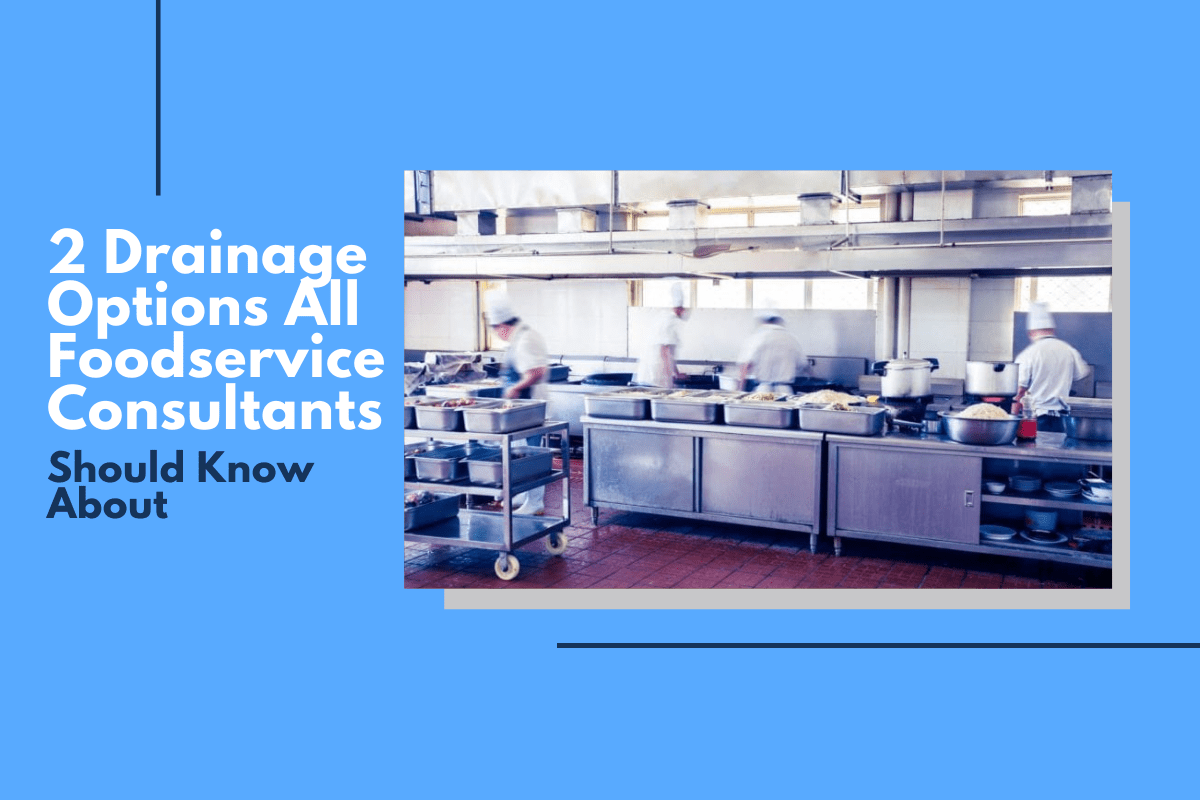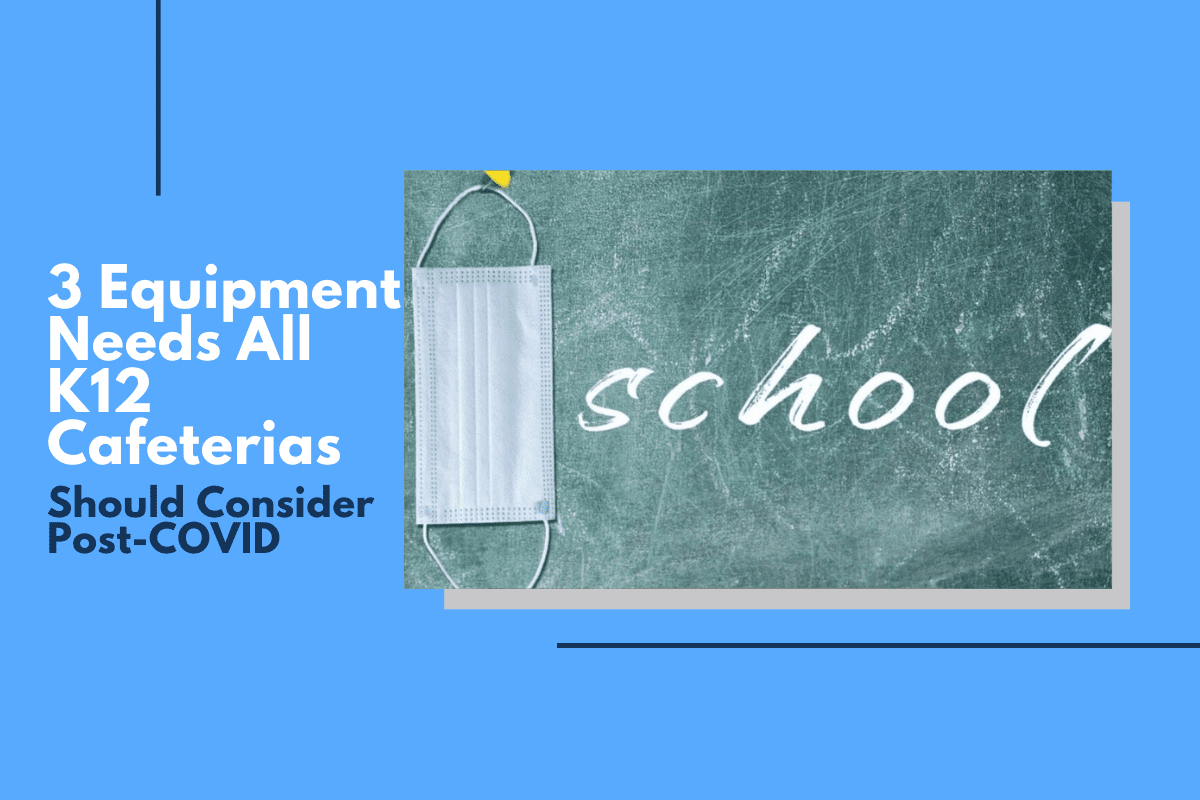
Creating an inviting atmosphere in your K-12 school cafeteria can have dramatic impacts on student participation levels.
Mealtimes should be positive, and lunchrooms should be inviting places. Lunch should be an enjoyable part of the school day for students, whether they’re in kindergarten or high school, and the cafeteria should be a break from the rigors of the school day.
School nutrition programs that embrace this mentality, that transform school cafeterias into places where students can relax, socialize, and become nourished, will enjoy the benefits of higher participation levels and higher performing students, but the question becomes how?
CREATE INVITING ENTRANCES
For starters, consider how the lunchroom experience starts. Even a simple welcome sign can go a long way to establishing ownership and a sense of pride, which will inevitably increase student participation. Welcoming décor isn’t that difficult to pull off, either. A quick run to the local hobby store can transform an entryway.
PROVIDE DIRECTION
One of the things students struggle with the most is time. Lunch periods are getting shorter and shorter, and students don’t have time to waste on trying to figure out where things are located within the cafeteria. If there’s a grill area, identify it. If the line starts here, let students know. Get creative with signs and identifications, too. It’s an opportunity to turn a school cafeteria into a space that feels more like a restaurant or food court.
ENHANCE DISPLAYS
How you display foods is almost as important as what foods are displayed. Attracting and enticing students — and ultimately getting those students to buy meals — requires products to be merchandised in ways that showcase their freshness and abundance. Clean and tidy displays are preferred over clutter and disorder. Lighting and even tray colors like dark reds and blues can make menu items more appealing. The goal is to make foods as enticing as possible because, first, we eat with our eyes.
What are the benefits of a school cafeteria transformation?
Studies show a school cafeteria environment can have an impact on the general performance of the student body. When the eating environment is pleasant and appealing, students eat more of their lunch, do better in the classroom, and have fewer behavioral problems. This is why proper nourishment is so important.
In terms of participation, though, what can be the true impact? How much does ambiance effect student meal participation? With just some simple transformations including displays, graphics, décor, and design, a high school can experience increases of more than 20 percent on participation levels, resulting in totals of nearly $120,000 in annual revenue.









